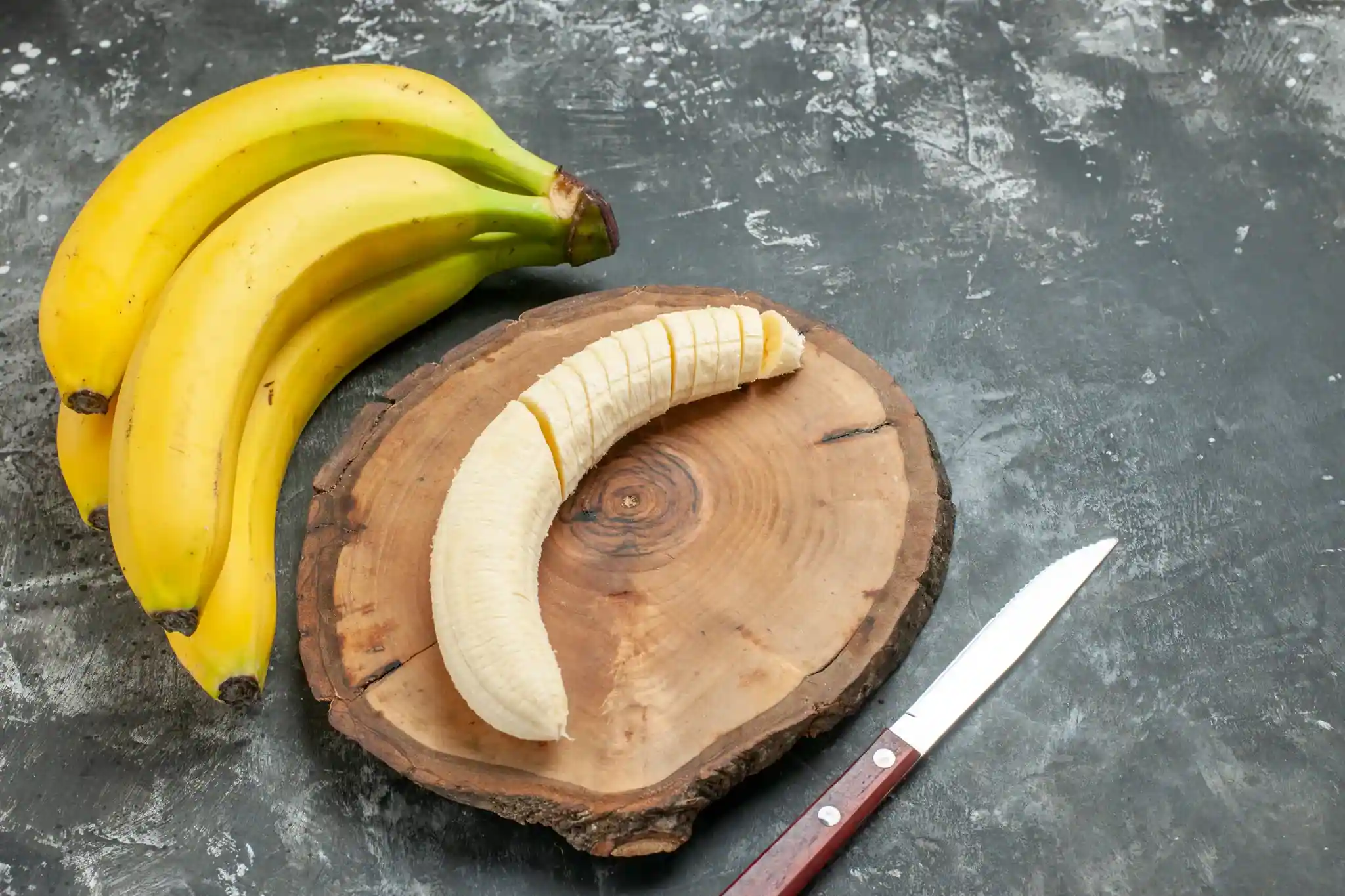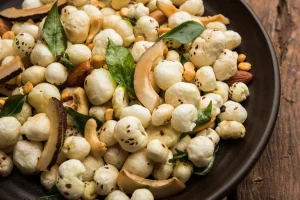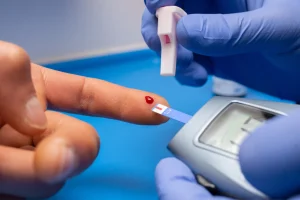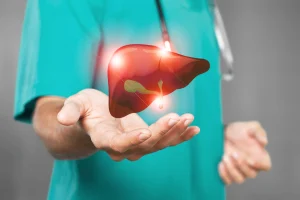Managing diabetes often feels like a balancing act between enjoying natural foods and keeping blood sugar stable. Fruits, in particular, spark debate, especially sweet ones like bananas.
Many people wonder: Is a banana good for diabetes, or does it make blood sugar control harder?
The short answer: yes, bananas can be included in a diabetes diet, but with portion control, ripeness awareness, and smart pairing. Let’s explore.
⇒ ⇒ Read More – Is Papaya Good for Diabetes? Benefits, How to Eat It and Smart Alternatives
Why Fruits Matter in Diabetes?
Fruits provide essential vitamins, minerals, fibre, and antioxidants that packaged snacks can’t replace. The challenge?
Natural sugars like fructose and glucose in fruit can raise blood sugar. The trick is choosing the right fruit, the right portion, and eating it wisely.
So where does banana fit in?
Banana Nutrition (per 100 g)
| Nutrient | Green (Slightly Unripe) | Ripe Banana | Benefit for Diabetes |
|---|---|---|---|
| Energy | 89 kcal | 89 kcal | Moderate calorie load |
| Carbs | 23 g | 23 g | Main sugar source |
| Fiber | 2.6 g | 2.6 g | Slows sugar absorption |
| Vitamin B6 | 0.4 mg | 0.4 mg | Supports metabolism |
| Potassium | 358 mg | 358 mg | Heart protection |
| Magnesium | 27 mg | 27 mg | Improves insulin sensitivity |
Source: Food Struct
Why Bananas Can Work for Diabetes?
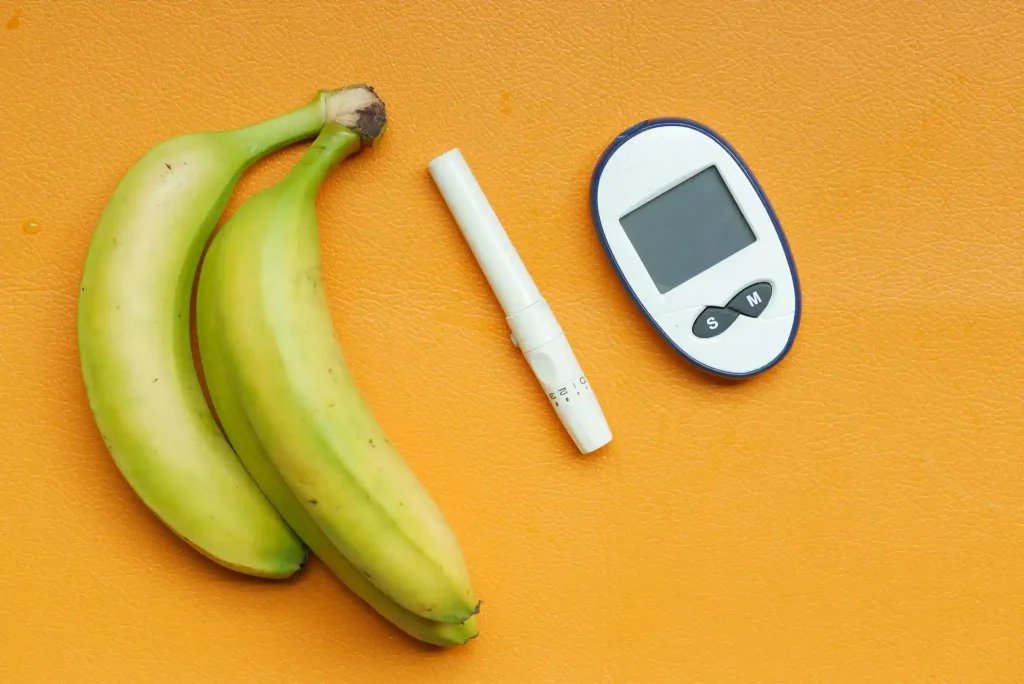
Bananas often get a bad reputation for being “too sweet,” but they come with several benefits for people with diabetes:
- Medium Glycemic Index (GI 51–62): Bananas have a GI that varies depending on ripeness. Green (less ripe) bananas are lower GI because starch hasn’t fully converted into sugar yet. Overripe bananas can spike sugar faster.
- Good Fibre Content: A medium banana provides ~2.6 g of fibre, helping slow carbohydrate absorption and improve satiety.
- Resistant Starch in Green Bananas: Slightly unripe bananas contain resistant starch, which behaves more like fibre and helps improve insulin sensitivity.
- Micronutrients that Matter:
⇒ ⇒ Potassium: Helps regulate blood pressure (important for diabetics at heart risk).
⇒ ⇒ Magnesium & Vitamin B6: Support nerve health and glucose metabolism.
⇒ ⇒ Read More – What is a Diabetes Chart?
Benefits of Bananas for People with Diabetes
- Supports Satiety & Weight Management: Fiber keeps you fuller for longer, preventing overeating.
- Aids Digestion & Gut Health: Resistant starch (in greener bananas) feeds good gut bacteria.
- Heart Health: Potassium and magnesium lower blood pressure and support cardiovascular health.
- Stable Energy: Bananas provide slow-release carbs, useful for exercise and avoiding sugar crashes.
⇒ ⇒ Read More – How to Check if Your Metabolism is Damaged?
The Science in Simple Words
- Less ripe bananas = more starch, less sugar = slower sugar release.
- Riper bananas = more sugar, faster glucose rise.
- Fiber and resistant starch help keep sugar spikes in check.
- Bananas, eaten smartly, can be better than packaged snacks or juices.
⇒ ⇒ Read More: What is the Difference Between Fast & Slow Metabolism?
How to Eat Bananas Safely with Diabetes?
- Mind the Portion: Stick to ½ medium banana or 1 small banana at a time.
- Check Ripeness: Prefer green to yellow bananas. Avoid overripe (brown-spotted) ones.
- Pair with Protein or Healthy Fats: Have it with peanut butter, yogurt, or a handful of nuts.
- Don’t Juice It: Whole bananas are better than smoothies or juices (no fiber, more sugar load).
- Eat Strategically: Best consumed earlier in the day or before physical activity.
- Track Your Response: Use a glucometer or a GoodFlip CGM to see how bananas affect your blood sugar.
⇒ ⇒ Read More – What are the 7 Signs of Slow Metabolism in Females?
Bananas in a Diabetes-Friendly Plate
Nutritionists often recommend the plate method:
- ½ plate non-starchy veggies
- ¼ plate lean protein
- ¼ plate whole grains/starchy carbs
- Small portion of fruit
A balanced Indian breakfast example:
- 2 besan chillas with vegetables
- ½ small banana or green banana stir-fry
- Unsweetened herbal tea
⇒ ⇒ Read More – What is the Difference Between Metabolism & Digestion?
Who Should Be Extra Cautious?
- People with poor blood sugar control (high HbA1c).
- Those on insulin: bananas can cause a glucose spike if eaten without balance.
- People with kidney disease: bananas are high in potassium, which may need restriction.
⇒ ⇒ Read More – Prevent Diabetes with Six Easy Steps
If Banana Doesn’t Work for You
Not everyone reacts the same way. If bananas raise your sugar too much, swap them for other options.
Diabetes-Friendly Fruits Other Than Bananas
- Guava: Low GI, rich in vitamin C & fiber
- Apple/Pear: Moderate GI, soluble fiber for glucose control
- Berries: Low sugar, antioxidant powerhouse
- Kiwi: Medium GI, vitamin C-rich
Non-Fruit Alternatives
- Roasted chana with peanuts
- Chia seed pudding
- Paneer cubes with cinnamon sprinkles
- Greek yoghurt with walnuts
Banana vs Other Tropical Fruits
| Fruit | GI (approx.) | Notes |
|---|---|---|
| Banana | 51–62 | Best when slightly green |
| Papaya | 38–60 | Light, easy to digest |
| Mango | 51–56 | High sugar, eat in small portions |
| Pineapple | 59 | Portion control needed |
| Watermelon | 72 | High GI, always pair with protein |
Myths About Bananas and Diabetes
1. Bananas are too sweet for diabetics.
⇒ Not true. Portion and ripeness make the difference.
2. Bananas cause weight gain.
⇒ Not if eaten in moderation. They’re low in fat and help with satiety.
3. Only ripe bananas are healthy.
⇒ Green bananas offer resistant starch, which may even be more diabetes-friendly.
Key Takeaways
- Bananas are safe for people with diabetes in moderation.
- Green or just-ripe bananas are better than overripe ones.
- Benefits: fiber, resistant starch, potassium, magnesium, and stable energy.
- Portion = ½ to 1 small banana, ideally paired with protein/fats.
- Always check personal response with a glucometer or GoodFlip CGM.
Conclusion
Bananas aren’t the enemy for diabetes. They can be a smart part of your diet when eaten mindfully. Think small portions, greener bananas, smart pairings, and personal monitoring with devices like smart CGM. Instead of avoiding bananas, learn how your body reacts and make them work for you, not against you.
You can take control of your sugar spikes with GoodFlip’s Diabetes Remission Program, Smart Continuous Glucose Monitoring Device & Diabetes Care Effervescent Tablets.




